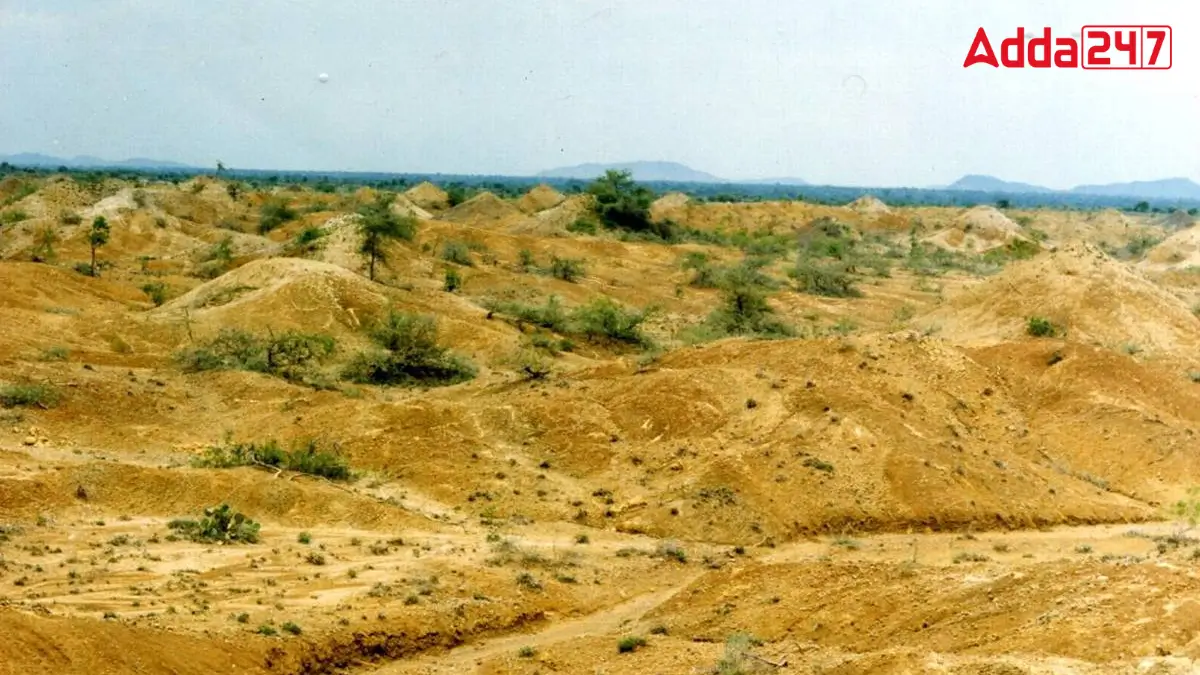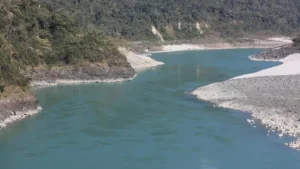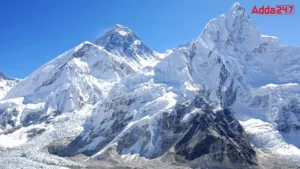Wastelands are areas of land that cannot be used for farming, construction or other productive purposes. These lands often have poor soil quality, lack water or are covered with rocks or sand. In India, several states have large portions of wastelands due to factors like dry weather, deforestation and soil erosion. Understanding which state has the largest share helps in managing and improving these lands.
What are Wastelands?
Wastelands are areas of land that cannot be used for farming, building or other productive activities. These lands have poor soil quality, lack water or are covered with rocks or sand. Wastelands are often caused by natural factors like deserts and rocky terrain, or human activities such as deforestation, overgrazing and skilled farming.
Indian State with the Largest Wasteland Area
Rajasthan has the highest amount of wasteland in India. Nearly 25% of the state’s total area is considered wasteland, which forms about 18% of the country’s total. Rajasthan has around 84,929 sq km of such land. The presence of the Thar Desert, very low rainfall, and a dry climate are the main reasons why such a large portion of the state remains wasteland.
Other States with High Wasteland Area
Apart from Rajasthan, some other states also have a significant portion of wetlands. These include:
- Jammu and Kashmir: Due to snow-covered and rocky terrain.
- Madhya Pradesh: Because of deforestation and barren lands.
- Maharashtra: Due to degraded forests and unproductive lands.
Causes of Wastelands
Wastelands in India are formed due to both natural and human-made reasons:
- Natural Causes: Snow-covered areas, coastline saline lands, rocky hills and desert regions.
- Human-Made Causes: Deforestation, overgrazing, over-cultivation and unskilled irrigation methods. These activities damage the soil and make the land infertile.



 Which Glacier is the Source of the Brahm...
Which Glacier is the Source of the Brahm...
 Which City of Germany is Known as the Gr...
Which City of Germany is Known as the Gr...
 Which Peak is Known as the Five Treasure...
Which Peak is Known as the Five Treasure...







